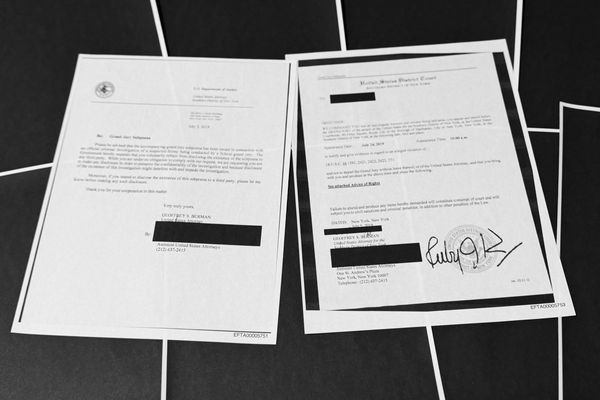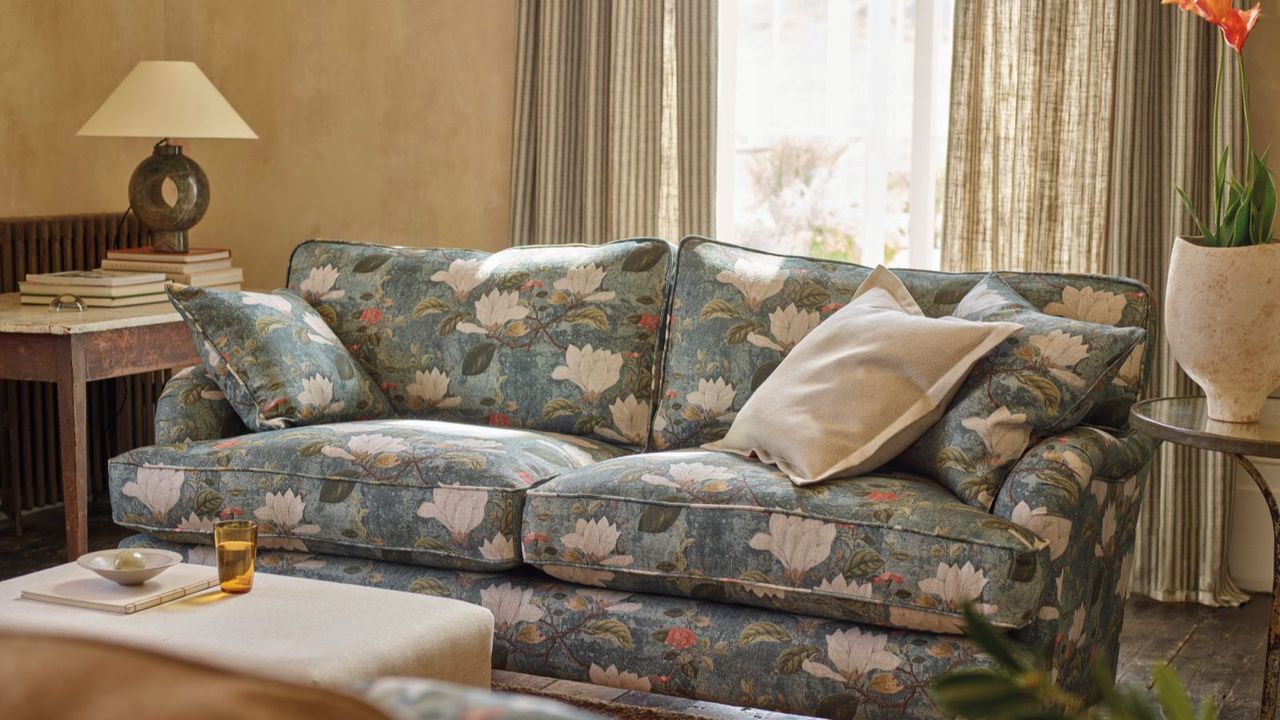
Clutter isn’t just unsightly – it can create ample opportunity for hidden mold and damp problems to take hold secretly in your home over winter.
Piles of moisture-loving materials, forgotten corners, and overcrowded storage make it easy for condensation to settle and risk ruining not only your belongings, but your health, too.
To stay ahead and prevent mold this winter, the experts recommend decluttering these five high-risk items now to keep your home fresher, safer, and healthier all season long.
Home Items to Declutter Now to Prevent Damp
1. Old Paperwork and Magazines

Organizing paperwork is important for staying on top of bills, taxes, medical appointments, and more. But keeping them as physical copies could prove troublesome in the cold winter months.
Petya Holevich, Fantastic Service's house cleaning expert and supervisor, warns, ‘These items can create microenvironments where condensation and mold thrive. Paper products absorb moisture from the air, especially in colder months when humidity can rise indoors. Piles of these items in basements, attics, or cupboards can quickly become damp, encouraging mould growth and even attracting pests.’
When decluttering paper clutter, decide how long to wait before getting rid of important paperwork, digitize those you can with either your phone or a mobile document scanner from Best Buy, and store the rest in a sealed plastic paperwork folder from Walmart to protect them from moisture.
If for any reason you need to keep hold of more paper than you'd like, there are ways to ensure they don't go moldy.
Punteha van Terheyden, Head of Solved, keeps hold of stacks of magazines as part of her journalism portfolio. She says, 'I've been storing magazines and newspapers with my work printed in for 17 years, and none have ever succumbed to mold because of three key steps. First they are only stored in temperature-controlled areas of my house, whilst secondly, they're kept in plastic lidded bins. This stops them falling prone to pests, as well as keeping them safe from accidental spills.'
Thirdly, Punteha adds that she does quarterly checks on her saved portfolio to make sure that from one season to the next, nothing problematic has started to happen to them. 'You can further safeguard collections by digitizing them so you have a backup if the worst happens.'
2. Houseplants with Poor Drainage
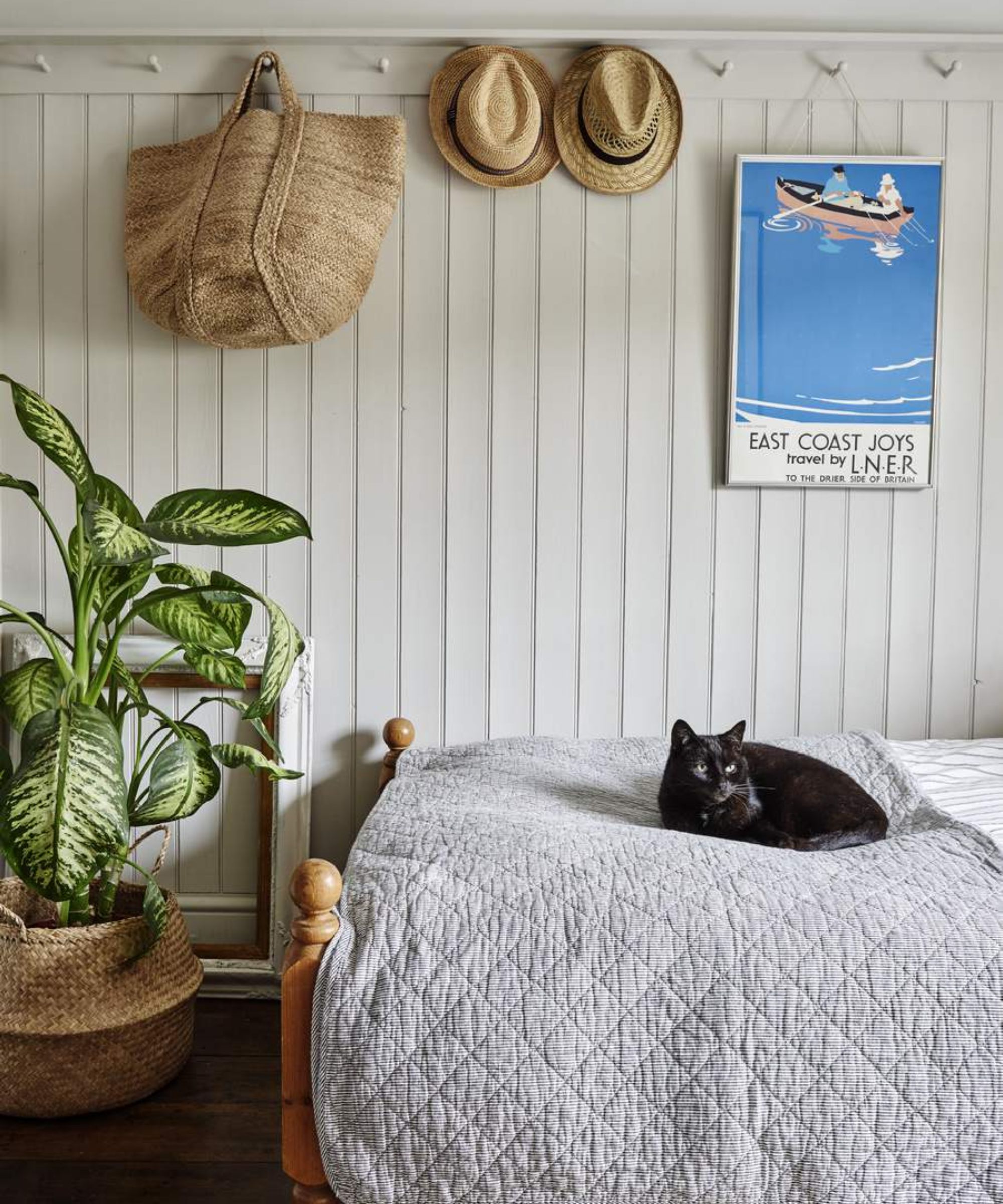
Houseplants that have been overwatered or live in very humid environments can contribute to mold growth in your home. While there are some houseplants that prevent mold, it is still worth checking all of your pots for drainage holes and either decluttering or repotting those that do not have adequate drainage. This has the added benefit of saving your collection from houseplant root rot.
From there, avoid overwatering or consider bottom watering houseplants to prevent mold. For rooms prone to dampness, opt for plants that require less water, or place them on trays filled with pebbles to elevate the pot above water build-up.
3. Overflowing Closets
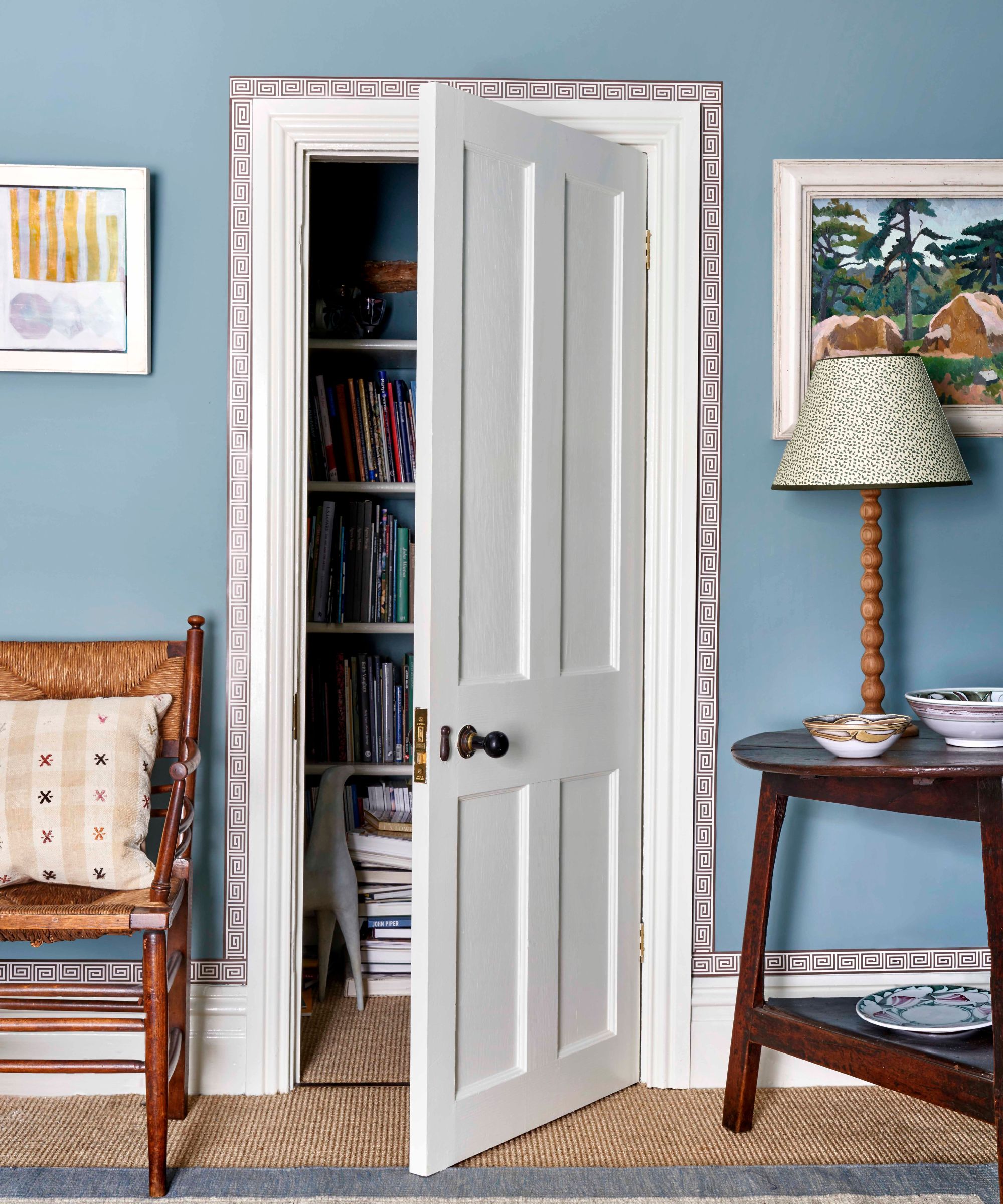
Closet decluttering is important for more than just organizing your morning routine. Cutting back on clutter allows your clothes storage ideas to breathe, preventing condensation buildup that could result in mold or dampness, advises Michael Zohouri, mold expert and founder of Pyramid Eco.
He explains, ‘When these spaces are packed full, the air can’t circulate properly – that creates the perfect environment for condensation and mold to form. This is especially true if the space is located next to an exterior wall or in a corner.’
Petya adds, ‘Footwear, especially leather or fabric, can also retain moisture after being worn outside. Leaving them in enclosed, unventilated areas, such as hallways or cupboards, allows moisture to accumulate, which can contribute to damp smells and even damage to surrounding surfaces.’
Besides using the best decluttering methods to cut back on overstuffing, it can also be helpful to invest in some hanging moisture absorbers from Walmart to tackle condensation.
4. Attic Storage

Attic storage ideas are particularly prone to damp, especially if they are unheated or poorly insulated. Besides improving ventilation by installing an attic fan from Lowe’s, decluttering items, and rehoming the items you should never store in cardboard can help to minimize the risk of damage.
Michael shares, ‘People often fill these areas with clothing or old paperwork without realizing they’re cutting off airflow around the space. Damp thrives where air is trapped. The more space you give for air to move, the less likely you are to get problems with mold and condensation.’
When organizing an attic, consider using large weathertight totes from The Container Store to keep items protected from moisture, minimizing the risk of damp and roof infestations by pests.
5. Old Towels and Sponges

Just like clothing, towels, and sponges can attract moisture, resulting in mold and dampness in your home. To avoid this, Petya suggests decluttering old towels and cleaning supplies you no longer need or use, and storing the rest in ventilated storage, such as the woven Sedona Honey Under Bed Storage Basket from Crate & Barrel or the open top woven water hyacinth baskets from Target.
Using moisture absorbers, from Walmart, or small desiccant packets, from Amazon, can also help to keep fabric items safe in storage. Alternatively, for seasonal linens and towels, consider vacuum-sealed bags from Walmart to protect against condensation and pests.
What to Shop

Distilled white vinegar is a fantastic non-toxic cleaning tool for any home. When used correctly, it can help to kill mold and bacteria, as well as tackle odors and lighten stains, all without harsh chemicals.
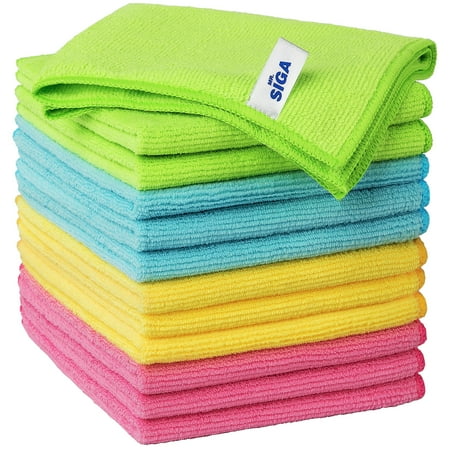
Microfiber cloths are machine washable, meaning you can reuse them for years with proper care. Simply wash after use on a warm water cycle and gentle detergent (skip the softener) to sanitize.

Measuring 8x10x11 inches, these handwoven water hyacinth baskets are ideal for drop zones, shelves, and cabinets. Their open top and woven design allow good airflow to prevent items from going moldy in storage.
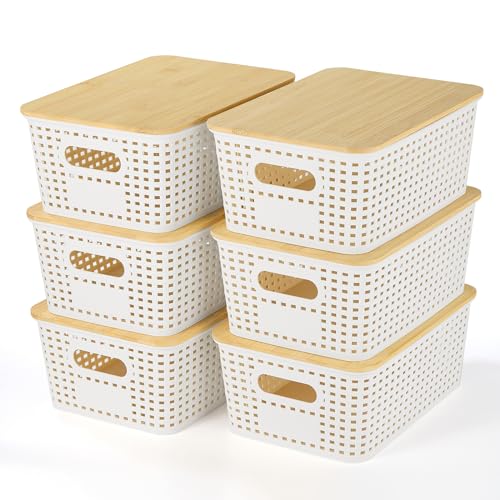
These clear stacking bins are ideal for items that need ventilation, such as food packets or bathroom products, helping to keep them neat without the risk of mold or odors.
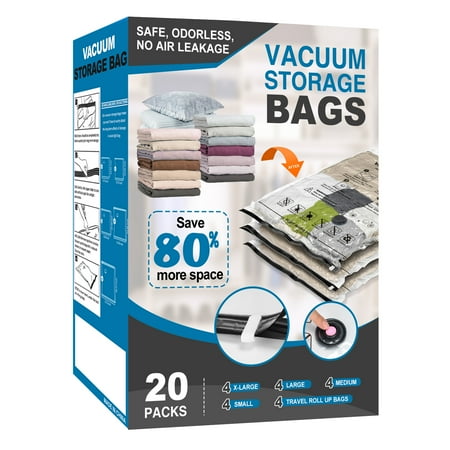
Vacuum storage bags are ideal for seasonal storage, keeping clothes and household linens safe from pests and moisture, without them taking up valuable storage real estate.
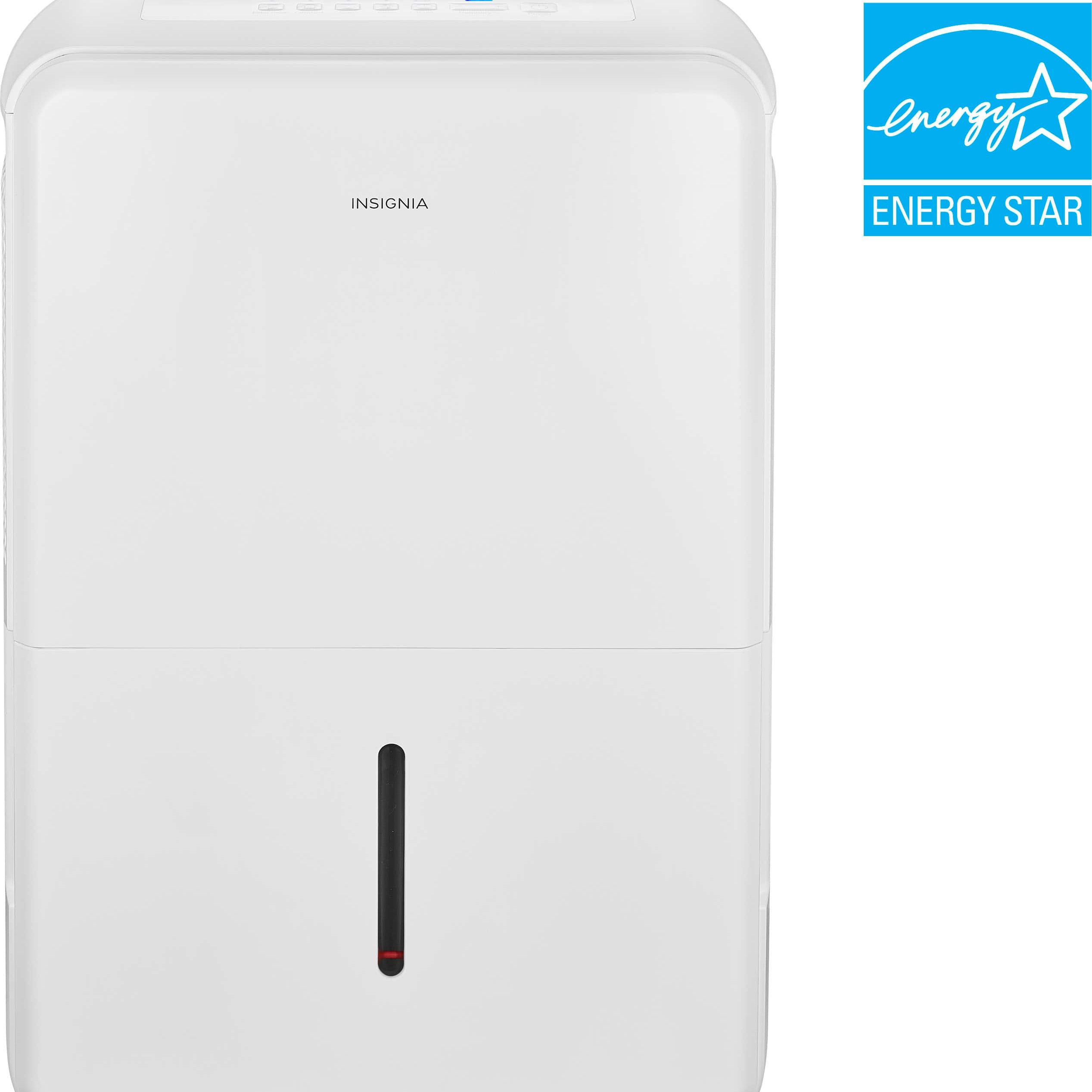
Balancing indoor humidity around 30–40%, and you’ll avoid most damp/mold problems without driving your heating bills through the roof. This Energy Star dehumidifier can help when you don't want to open windows in winter.
Meet the Experts
Removing moisture magnets from your home is only one part of the puzzle when preventing dampness in winter. It’s also essential to maintain the perfect temperature to curb mold in your home, too.

